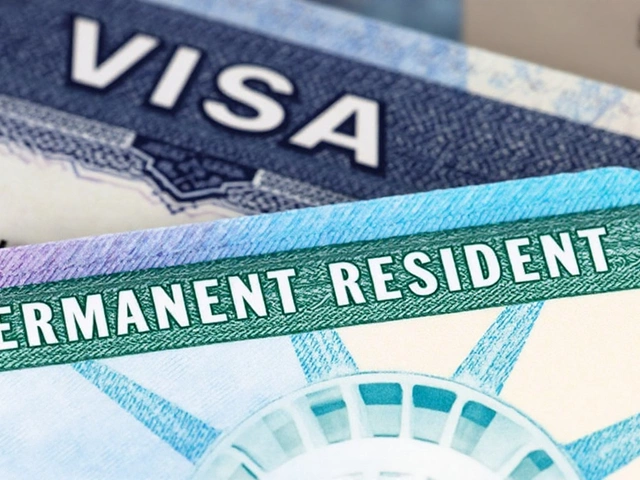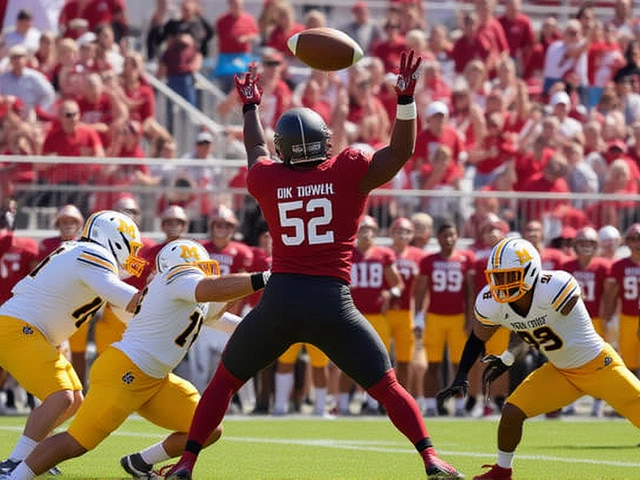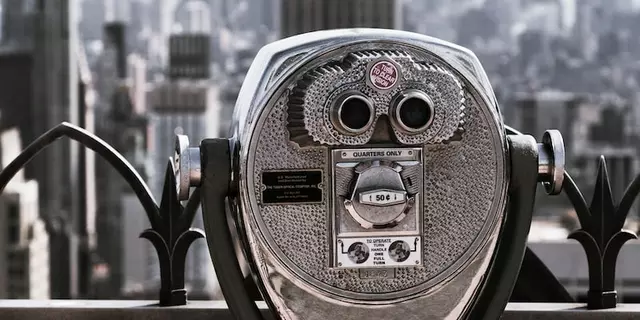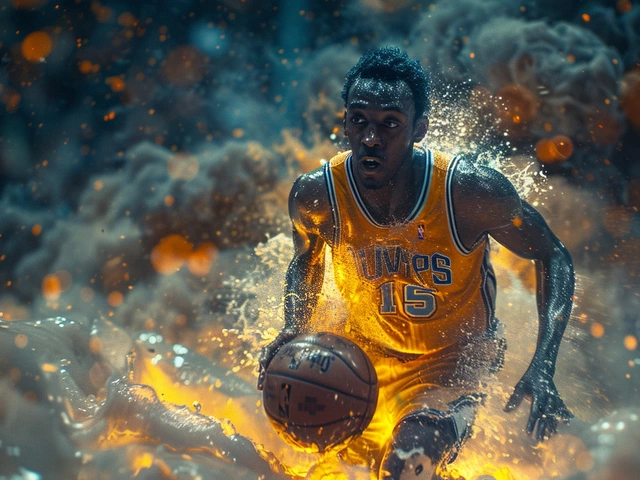Phobia in Sports: How Fear Impacts Athletes
Ever wonder why some players freeze before a big shot or avoid a certain move? That's often a phobia—an intense fear that can hijack performance. In sports, these fears show up as a sudden chill, a racing heart, or a mind that goes blank.
One common phobia is the fear of public speaking turned into a fear of the crowd. When the stadium roars, the athlete hears it as a threat instead of motivation. This can make even the most skilled player miss easy chances.
Another example is the fear of injury. Some footballers avoid hard tackles because they imagined a broken leg. The mind creates a barrier that stops them from playing the way they normally would.
Phobias aren't just mental; they trigger real physical reactions. Your heart pounds, muscles tighten, and breathing speeds up. All of that throws off timing and focus, which are crucial in any game.
So how do athletes spot a phobia? Look for patterns. If a player consistently quits a specific situation—like a diver refusing to jump off a high board—that’s a red flag. Or if they sweat and shake before a certain opponent, fear might be at play.
Simple Ways to Tackle Sports Phobias
First up, breathing. Slow, deep breaths calm the nervous system and give the brain a chance to reset. Teach athletes to inhale for four counts, hold for two, then exhale for six.
Next, visualization. Have them picture the scary scenario going perfectly. Seeing yourself score the winning goal in your mind can shrink the fear’s grip.
Exposure works too. Instead of diving straight into the full pressure, break it down. Practice the feared move in a low‑stress setting, then gradually add crowd noise or competition.
Talking helps. A quick chat with a coach or teammate about what’s worrying them can turn a silent dread into a shared problem, making it easier to handle.
When Professional Help Is Needed
If the fear keeps the athlete from playing or shows up in daily life, a sports psychologist can step in. They use proven techniques like cognitive‑behavioral therapy to rewire the fear response.
Medication is a last resort, only for severe anxiety that doesn't improve with other methods. Always involve a medical professional before considering pills.
Remember, phobias are normal. Even world‑class athletes have them. The key is not to ignore the fear but to face it with specific tools.
Bottom line: recognize the signs, use breathing and visualization, expose yourself slowly, and talk it out. With consistent effort, a phobia can shrink from a career blocker to a minor hurdle.
Got a fear that’s holding you back? Try these steps today and see if the game feels a little less scary. Your next win might just be waiting on the other side of the fear.

Facing a fear of frogs can be a daunting experience. However, it is possible to overcome this fear by gradually exposing yourself to frogs in a safe and controlled environment. Start by looking at pictures of frogs, then progress to touching them, and eventually holding them. Taking deep breaths will help you to remain relaxed. Additionally, talking to a therapist can provide helpful advice and techniques to help manage your fear. With time and patience, your fear of frogs will eventually subside.





